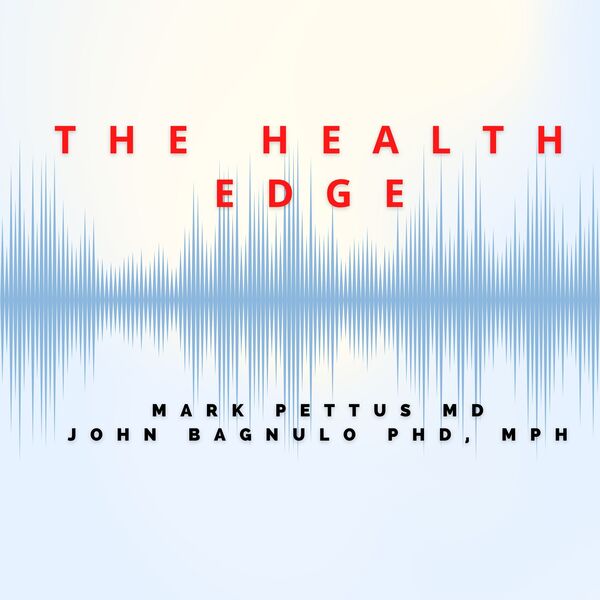In this rebroadcast episode of The Health Edge John and mark look at the connection between quality light exposure and health. They introduce the notion that the public health message of fearing sunlight exposure may be having the opposite effect of what was intended. The biologic effects of increasing junk light exposure may be profound for many!

4 thoughts on “The Health Edge: Light Quality and Health”